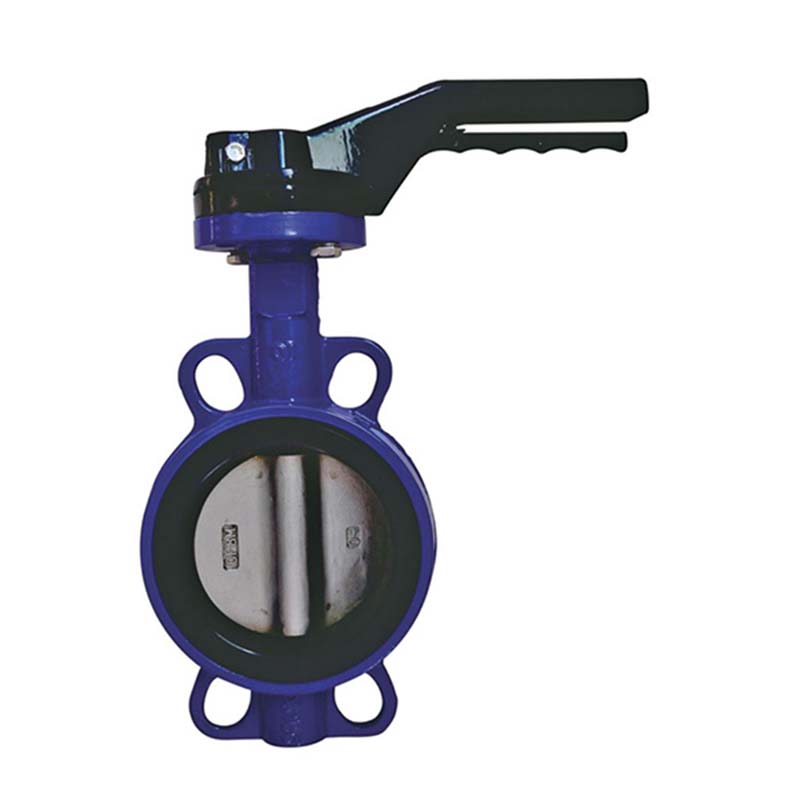10 月 . 18, 2024 21:16 Back to list
Exploring the Mechanism and Applications of Ball Type Foot Valves in Fluid Control Systems
Understanding Ball Type Foot Valves A Key Component in Fluid Systems
Ball type foot valves are crucial components used in various fluid management systems, especially in the water and irrigation industries. These valves play an essential role in preventing backflow and maintaining the flow of liquids in a controlled manner. In essence, a foot valve serves as a one-way valve that allows fluid to enter a pump while preventing it from flowing back into the source.
Design and Functionality
The design of a ball type foot valve revolves around a simple yet effective mechanism. Typically, it consists of a valve body, a ball (which acts as the sealing element), and an inlet strainer. When the pump operates, the pressure created inside the system lifts the ball, allowing water or other fluids to flow into the pump. Once the pump is turned off, the ball drops back into its seat, sealing the inlet and preventing any fluid from returning to the source.
The configuration of these valves often includes a mesh strainer that filters out debris and prevents clogging. This feature is significant since accumulated dirt and sediment can inhibit the operation of the valve and damage the pump over time. The use of durable materials in the construction of ball type foot valves ensures longevity and reliability, which are paramount in industrial applications.
Applications
Ball type foot valves find applications in various scenarios, including agricultural irrigation systems, water supply systems, and sewage systems. In agriculture, these valves are instrumental in drawing water from wells and ponds for irrigation purposes. They ensure that once the water is pumped out, it does not flow back, which would lead to inefficient water usage.
ball type foot valve

In municipal water supply systems, foot valves help maintain the pressure in pipelines and prevent contamination from backflow. Additionally, in sewage systems, these valves can play a role in controlling the flow of wastewater, reducing the risk of clogging and overflow.
Advantages
One of the primary benefits of ball type foot valves is their simple operation and low maintenance requirements. They are designed to be user-friendly, making them easy to install and operate. Their robust construction ensures that they can handle a variety of fluid viscosities and pressures without failure.
Furthermore, because of their ability to prevent backflow, these valves help to maintain the integrity of fluid systems, minimizing the risk of contamination and system failures. This characteristic is particularly critical in applications where quality control is essential, such as in drinking water systems.
Conclusion
In summary, ball type foot valves are indispensable elements in fluid systems, providing essential functionality through their design and operation. They effectively prevent backflow, maintain flow rates, and contribute to the overall efficiency of pumping systems in various sectors. Understanding their role and proper maintenance can lead to enhanced performance and longevity of fluid management systems. As industries continue to evolve, the reliability offered by ball type foot valves will remain a critical component in the toolkit of engineers and operators alike.
Share
-
Understanding the Differences Between Wafer Type Butterfly Valve and Lugged Butterfly ValveNewsOct.25,2024
-
The Efficiency of Wafer Type Butterfly Valve and Lugged Butterfly ValveNewsOct.25,2024
-
The Ultimate Guide to Industrial Swing Check Valve: Performance, Installation, and MaintenanceNewsOct.25,2024
-
Superior Performance with Industrial Swing Check Valve: The Essential Valve for Any SystemNewsOct.25,2024
-
Industrial Swing Check Valve: The Ideal Solution for Flow ControlNewsOct.25,2024
-
You Need to Know About Industrial Swing Check Valve: Functionality, Scope, and PerformanceNewsOct.25,2024